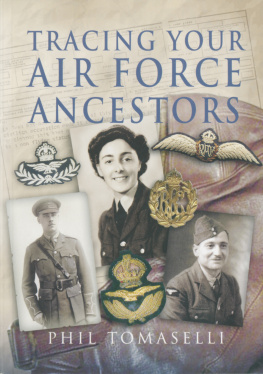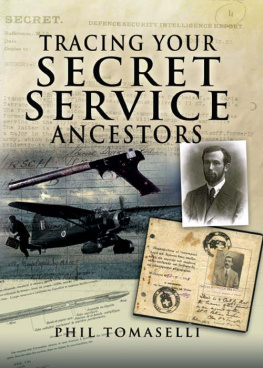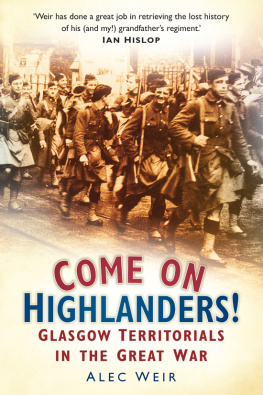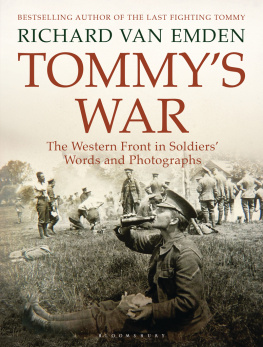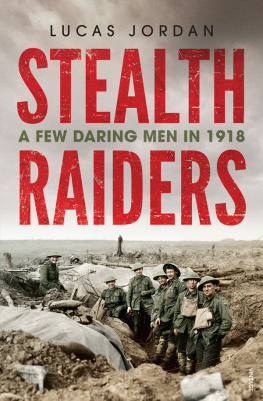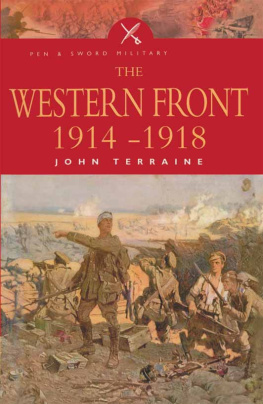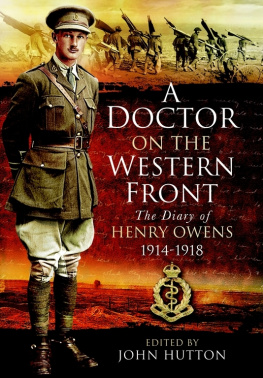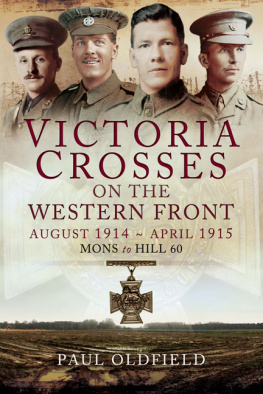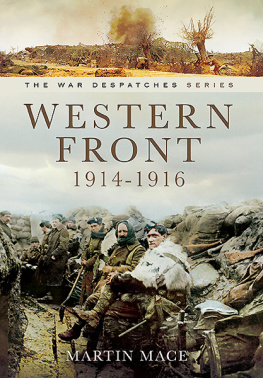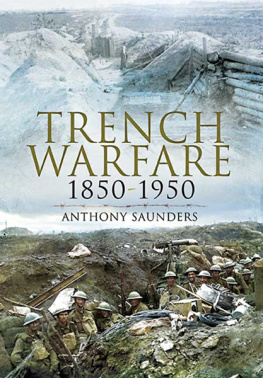Givenchy in the Great War
Givenchy in the Great War
A Village on the Front Line 1914-1918
Phil Tomaselli
First published in Great Britain in 2016 by
Pen & Sword Military
an imprint of
Pen & Sword Books Ltd
47 Church Street
Barnsley
South Yorkshire
S70 2AS
Copyright Phil Tomaselli 2016
ISBN 978 1 47382 550 5
eISBN 978 152671 411 4
Mobi ISBN 978 152671 410 7
The right of Phil Tomaselli to be identified as the Author of this Work has been asserted by him in accordance with the Copyright, Designs and Patents Act 1988.
A CIP catalogue record for this book is available from the British Library
All rights reserved. No part of this book may be reproduced or transmitted in any form or by any means, electronic or mechanical including photocopying, recording or by any information storage and retrieval system, without permission from the Publisher in writing.
Pen & Sword Books Ltd incorporates the imprints of Pen & Sword Archaeology, Atlas, Aviation, Battleground, Discovery, Family History, History, Maritime, Military, Naval, Politics, Railways, Select, Transport, True Crime, and Fiction, Frontline Books, Leo Cooper, Praetorian Press, Seaforth Publishing and Wharncliffe.
For a complete list of Pen & Sword titles please contact
PEN & SWORD BOOKS LIMITED
47 Church Street, Barnsley, South Yorkshire, S70 2AS, England
E-mail:
Website: www.pen-and-sword.co.uk
The Cross
(On the grave of an unknown British soldier, Givenchy, 1915)
The cross is twined with gossamer,
The cross some hand has shaped with care,
And by his grave the grasses stir
But he is silent sleeping there.
The guns speak loud: he hears them not;
The night goes by: he does not know;
A lone white cross stands on the spot,
And tells of one who sleeps below.
The brooding night is hushed and still,
The crooning breeze draws quiet breath,
A star-shell flares upon the hill
And lights the lowly house of death.
Unknown, a soldier slumbers there,
While mournful mists come dropping low,
But oh! a weary maidens prayer,
And oh! a mothers tears of woe.
Ghosts of Givenchy
(to the tune of I want to go to Bye-bye from The Boy )
Theres never a chance of a sleep all the night
In the Craters.
You get bumped with gas shells till at length
You put on Respirators.
And when its all over and the sun starts to shine The sanitary men sprinkle chloride of lime.
Chorus:
I want a gas-proof dug-out
When the shells begin to fall.
For the way they splash you
With mustard and gas you
Is a feeling not pleasant at all.
I want a gas-proof dug out
When the Huns begin to throw.
Strike the gong. Make a noise.
Rouse the rest of the boys.
And send for the gas N.C.O
Acknowledgements
Any book like this cannot be said to be the work of one person alone and a number of people have helped me in collecting the information required to produce this history. It was my wife Francine who introduced me to the sector and the village many years ago. Her grandfather, George Pepper, fought there with 55th Division in 1918 and, old soldier that he was, he rarely talked about the war, though La Basse Canal was one of the few places he did mention. Together Fran and I have walked the village on numerous occasions, seeking out the old trench lines from maps, noting the buildings rebuilt on the foundations of those demolished and, most years, going back on 9 April to lay a wreath on 55th Divisions monument. Much of the research into the fighting in 1940 is also down to her.
Chris Baker, former chairman of the Western Front Association and the man behind The Long Long Trail website, also has an interest in Givenchy, through a shared fascination with the 1918 Lys offensive, when the village defences stood firm. Both he and his website have been invaluable.
In Givenchy itself, M. le Maire, Jacques Herbaut, whose English is considerably better than my French, and his deputy, Ms Marie-Paul Lefebvre, provided information from the village records, arranged access to the church and gave me a copy of late local historian Jean-Claude Boulangers history of the fighting in the area in 1914. Special thanks are due to Tracy Bernard, the villages English-born resident, who translated for us all and arranged our meeting. Sebastian Laudan kindly provided information from German sources. Peter Crane used his expertise to make some of the older photographs usable. Andrew Thornton kindly allowed me to use his photograph of the Gurkhas in the trenches. Paul Golding suggested a couple of sources I really ought to have known about. Thanks, as ever, are due to the staff of The National Archives at Kew, who have offered advice and assistance, and the staff of Swindon Libraries, who have located copies of rare books for me.
Preface
Why study Givenchy?
My interest in Givenchy goes back to my wifes grandfathers service in the area in 1918, but the area is worthy of study in its own right. Though the commune is about a mile and a half square, the village itself takes up only a fraction of this and was once prominent in the British press as scene of some of the fiercest fighting of the First World War. Reports of mine explosions, artillery duels and heroic defence against German assaults were reported regularly in the press.
The village sits on relatively high ground (about 12 metres higher than the land on the British side of the lines), so was one of the few places in the BethuneFestubert sector where proper trenches could be dug and where deep dug-outs, as a protection against shelling, could be created. In the war visibility was normally restricted to the view you could get through an embrasure in a trench parapet, or through a trench periscope gingerly raised above the sandbags (and liable to be sniped at as soon as it emerged), so any height at all was an advantage, including the few feet raised as the lip of a crater from a mine explosion. Much of the small-scale fighting done on a regular basis at Givenchy was over these small but precious elevations; when visiting the battlefields it is important to remember that anyone standing up in the open was liable to be killed within seconds. The best way of seeing the battlefield as experienced by the ordinary soldier is to crouch in a drainage ditch and try peeking, rapidly, over the top.
As the front line dropped off the slight escarpment caused by the Givenchy spur, the water table was frequently only a few inches below the surface and, all too often, the line consisted of small emplacements, sufficient to hold a section, sitting like islands in what was virtually a swamp. If the Germans could capture the piece of high ground on which the village stood, they would have line of sight across the British lines to Bethune and its precious coalfield, the last major one in French hands and source of most of its fuel. It would also allow the Germans to dominate this sector of the front. This made it a major strategic objective in the April 1918 German offensive and, even throughout the relatively quiet years of 1916 and 1917, a highly desirable tactical one.


